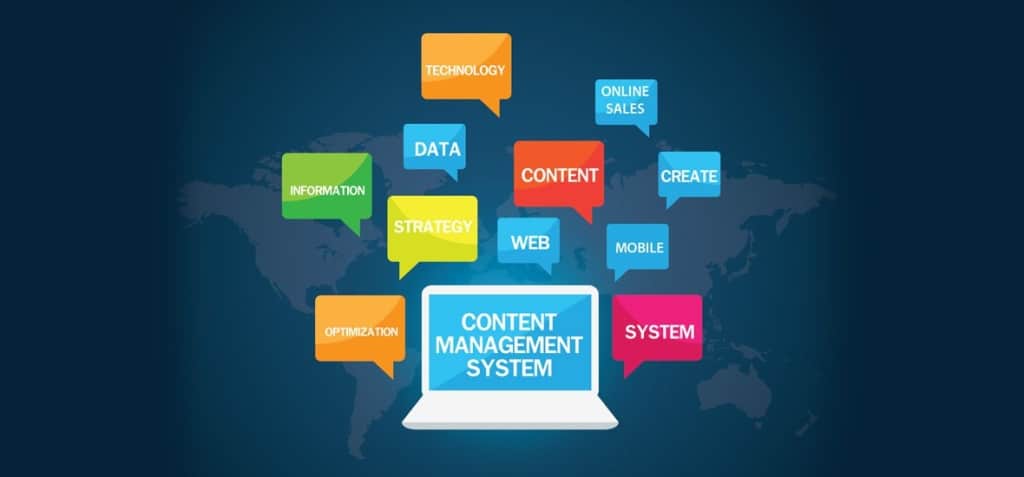
In the world of fundraising, missing paperwork equals missed donations, which can be tough to swallow when every dollar counts. Using a content management system and automating business processes ensures efficiency and donor retention. Both business process automation (BPA) and content management systems should be leveraged to track donations and streamline donation-driven activities. This not only makes the entire process easier and more effective for everyone involved, but also allows for an easier, more secure flow of dollars.
A content management system refers to the methods, strategies, and tools used to capture, store, manage, preserve, and deliver content and documents associated to organizational processes.[1] This is imperative in the world of fundraising due to the number of forms, documents, and donation histories that are retained and managed. Such technology also has the ability to integrate with your company’s current resource planning solution, for further business efficiency.
Business process automation, an inherent part of any content management system, is the means of streamlining manual dynamic processes and routine labor intensive tasks, while reducing cost, resources, and additional IT investments. By streamlining dynamic tasks, like retrieval of historical donor contribution forms, volunteers are able to work more efficiently, allocating nearly 100% of their time on contacting donors. My experience with fundraising organizations has shown time and time again that there is indeed a positive impact on improved donor collaboration.
For example, these systems offer many perks which allow fundraising organizations to:
- Simplify and automate tasks
- Organize documents for easier team collaboration
- Reduce processing and filing errors
- Provide a higher level of document security
- Reduce physical storage space and costs
- Improve relationships with donors
- Solidify compliance with record keeping regulations
For organizations that are challenged with leveraging historical donations, increased operational costs or other financial burdens, content management systems offer significant opportunities for improvement.
CASE STUDY: St. Jude Medical implemented the use of enterprise content management (ECM) programs to help their organization run more efficiently. With implementing such technologies, St. Jude Medical has the capability to provide its employees, clinician customers and their patients with easy access to accurate and up-to-date information about St. Jude Medical’s technology and products.”[2] In addition to keeping data current, another critical aspect for organizations that fundraise is to access donor documentation from prior campaigns at any time, from any place. Cloud-based content management systems offer this opportunity, allowing organizations like St. Jude’s to remain effective and diligent in their fundraising activities wherever they may be.
Likewise, the United Way of Greater Knoxville kept their data in filing cabinets and more than 300 boxes. Workflow challenges were significant and costly – and discussion pertaining to anything more than a year old was essentially nonexistent as the forms were not held onsite. How could donor retention be maintained when the team only had access to a limited number of documents? The answer was simple: improve their access with ECM. Doing so allowed them to improve donor relations and increase their receivables, all while minimizing the costs.
The beauty of technology is that you no longer have to deal with the inconveniences of paper and routine tasks. By streamlining business processes and storing all information in a secure platform, your organization saves valuable time and resources, allowing staff to focus more on the core mission, and less on mundane objectives. I attest from witnessing BPA intervention firsthand, it’s a true win-win for organizations and donors alike.
 About the Author: Jeff Frankel is Executive Vice President and Principal at docSTAR, a B2B software firm specializing in cloud document management solutions and business process automation. He has more than two decades experience in corporate business development, working with industry-leading firms including Authentidate Holding Corp, Med-Flash, Health Focus of NY, and Ernst & Young. Jeff offers innovative perspectives on streamlining business for improved efficiency and productivity. You can follow Jeff and the docSTAR team on Twitter, @docSTARsoftware.
About the Author: Jeff Frankel is Executive Vice President and Principal at docSTAR, a B2B software firm specializing in cloud document management solutions and business process automation. He has more than two decades experience in corporate business development, working with industry-leading firms including Authentidate Holding Corp, Med-Flash, Health Focus of NY, and Ernst & Young. Jeff offers innovative perspectives on streamlining business for improved efficiency and productivity. You can follow Jeff and the docSTAR team on Twitter, @docSTARsoftware.